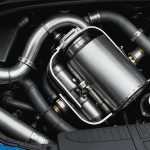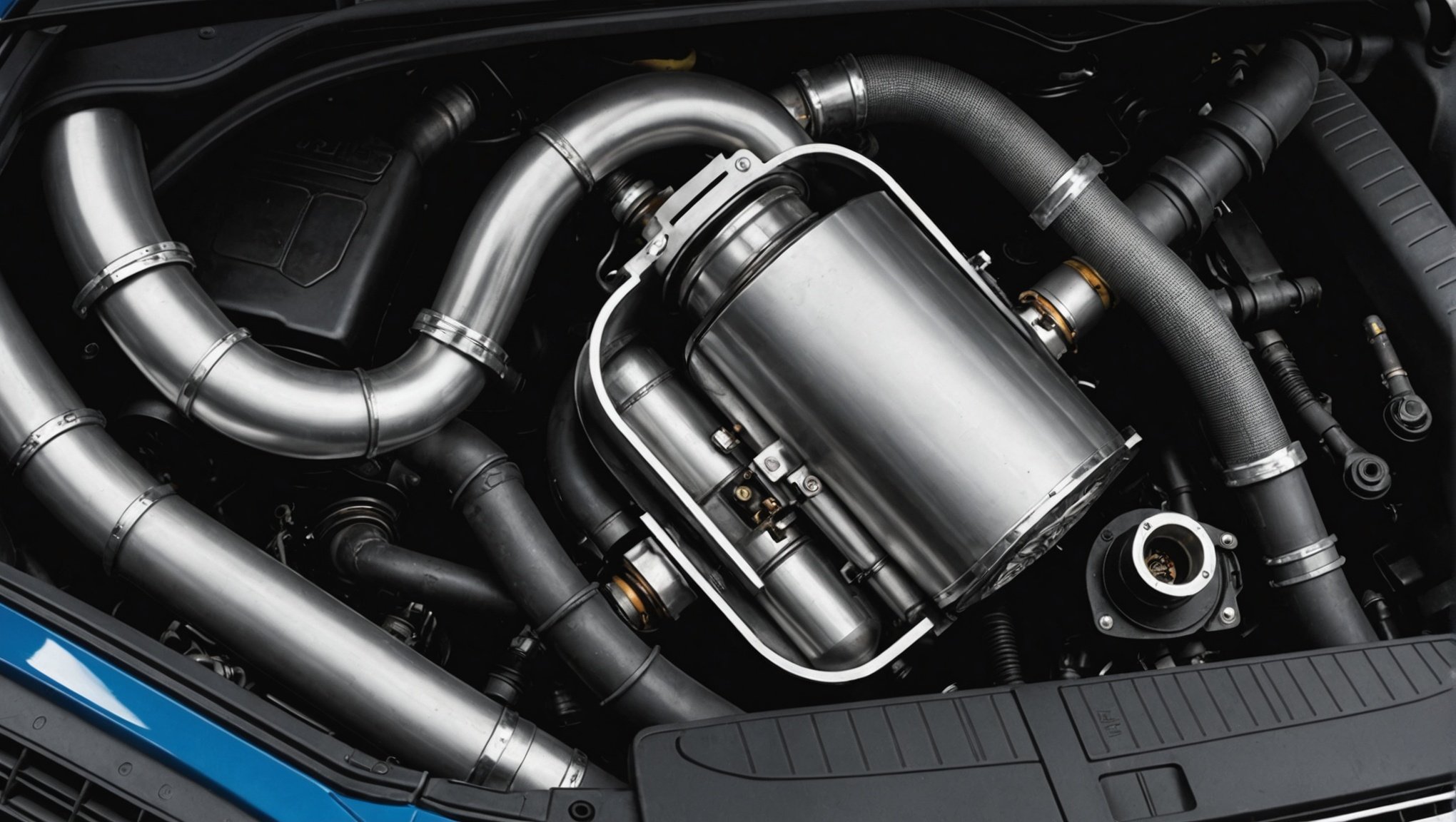The exhaust gas recirculation (EGR) system is an integral part of your vehicle that ensures emissions are kept at an acceptable level. When functioning optimally, it helps to reduce the nitrogen oxide emissions which can significantly contribute to air pollution. By controlling the vehicle’s exhaust gases, it also enhances the engine’s efficiency and longevity. However, like all vehicle components, the EGR system demands regular maintenance to keep it in peak condition. This article will guide you through the necessary steps to prepare and maintain your vehicle’s EGR system for optimal performance.
Understanding the Importance of the EGR System
Before delving into the maintenance and preparation of the EGR system, it’s crucial to have a basic understanding of its role in your vehicle. Essentially, the EGR system recycles part of the vehicle’s exhaust gas back into the engine cylinders, thus reducing the oxygen content in the combustion chamber. This process lowers the combustion temperature, thus reducing the amount of nitrogen oxide released into the environment.
In the same genre : How can you ensure the proper operation of adaptive cruise control sensors during winter conditions?
Regular maintenance of your EGR system is not just about complying with emission standards. Rather, it is about ensuring the overall health of your vehicle. A well-maintained EGR system ensures efficient combustion, which translates into better fuel economy and overall vehicle performance. Thus, the EGR system plays a pivotal role in your vehicle’s health and your pocket.
Preparing the EGR System
When preparing the EGR system for maintenance, the first step is, of course, to ensure the vehicle engine is switched off. Safety is of paramount importance. Once safe, proceed to locate the EGR valve. In most vehicles, the valve is usually situated on the top of the engine. In some cases, the valve may be found on the side or at the back of the engine. To be sure, consult your vehicle’s manual for the exact location.
Also to read : What are the key considerations for ensuring the safety of a vehicle equipped with a panoramic sunroof?
Once you locate the EGR valve, the next step is to inspect it for any visible signs of wear and tear. Check for cracks, blockages, or any other visible damage. If the valve is damaged, it will need to be replaced. However, if it appears to be in good condition, you can proceed to clean it. Cleaning the EGR valve regularly is a critical part of maintaining the EGR system. It ensures that the valve remains free of carbon deposits, which can hinder its function.
Cleaning the EGR Valve
To clean the EGR valve, you will need a carburetor cleaner or a specific EGR valve cleaner, which can be found at any auto parts store. Start by removing the valve from the engine. You can do this by loosening the screws using a screwdriver or a wrench. Make sure to keep track of all the screws and components for reassembly.
After removing the valve, use the cleaner to spray the valve and let it soak for a few minutes. This will help to dissolve any carbon deposits. After it has soaked, use a small brush to scrub off the deposits from the valve. Be sure to clean all parts of the valve, including the small holes and crevices. Once cleaned, allow the valve to dry before reinstalling it.
Reinstalling the EGR Valve
Once the EGR valve is clean and dry, it is time to reinstall it. Position the valve back in its place and secure it with the screws. Make sure to tighten the screws securely to prevent any leaks. After reinstalling the valve, start the engine and check for any leaks or unusual sounds. If everything is in order, your EGR system is now ready to function optimally.
Ongoing Maintenance of the EGR System
Regular maintenance of the EGR system is crucial for its optimal performance. It is recommended to clean the EGR valve at least once a year. However, the frequency may vary depending on the make and model of your vehicle, as well as your driving habits and the type of fuel you use.
Apart from cleaning the EGR valve, it is also essential to keep an eye out for any signs of a malfunctioning EGR system. These may include poor vehicle performance, a decrease in fuel efficiency, or an increase in emissions. If you notice any of these signs, it is advisable to have your vehicle’s EGR system checked by a professional.
Regular maintenance of your EGR system contributes significantly to the performance and longevity of your vehicle. Therefore, don’t overlook this vital component and ensure it gets the attention it deserves.
Troubleshooting a Faulty EGR System
Understanding when to troubleshoot your EGR system is equally as important as knowing how to maintain it. If your vehicle’s performance is declining, or the ‘check engine’ light is on, it may be due to a malfunctioning EGR system. Signs of a faulty EGR system include rough idling, poor acceleration, or excessive fuel consumption. More severe indications might be the engine overheating, or the vehicle failing an emissions test.
To troubleshoot, start by inspecting the EGR valve for damage or carbon deposits. In many cases, simply cleaning and reinstalling the valve solves the problem. In some situations, the EGR valve might be irreparably damaged and need replacing. Other components of the EGR system like the EGR cooler, EGR pipe, and the vacuum hoses should also be checked for leaks or blockages.
If the problem persists after checking these components, it could be due to a failure in the EGR system’s control circuits. This could be a wiring issue, or a problem with the EGR control solenoid or sensors. Diagnosing such problems might require professional assistance. Remember, it’s always better to fix minor issues before they escalate into major repairs.
In summary, the exhaust gas recirculation (EGR) system plays a crucial role in minimizing harmful emissions, enhancing engine efficiency, and extending your vehicle’s lifespan. Therefore, regular maintenance of this vital component should be integrated into your vehicle’s routine servicing and upkeep.
Preparing, cleaning, and reinstalling the EGR valve can be accomplished without professional help, using tools and cleaners available at any auto parts store. However, diagnosing more complex issues might require the expertise of a mechanic.
Remember, the frequency of maintenance will depend on your vehicle’s make and model, your driving habits, and the type of fuel you use. With the right care and attention, your EGR system will function optimally, ensuring your vehicle’s performance remains at its peak, and you contribute less to air pollution. A well-maintained vehicle is not just a means of transportation; it’s a statement about your commitment to environmental responsibility.
















